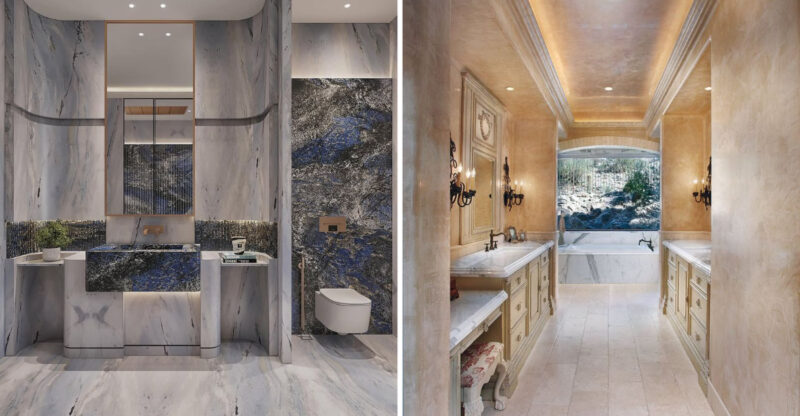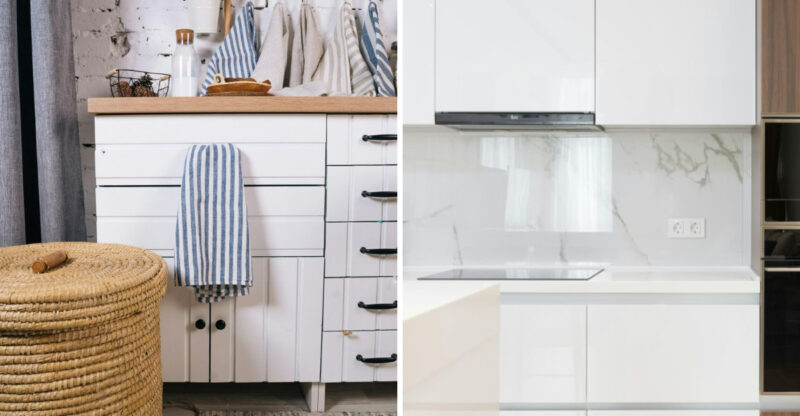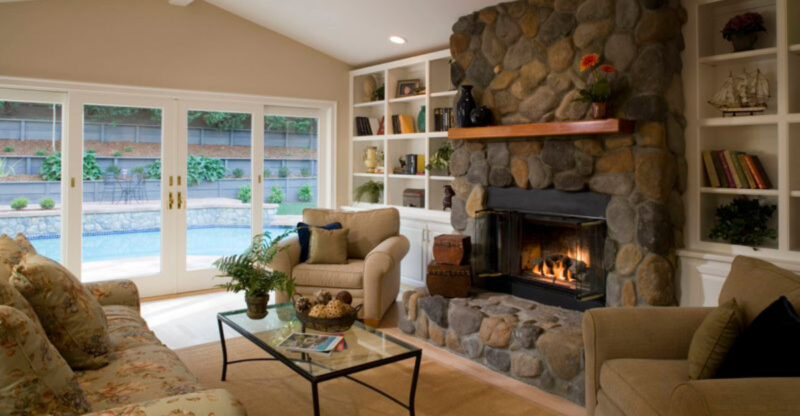12 Home Office Design Mistakes That Buyers Don’t Want To Deal With

Working from home has become a permanent reality for many people, making a functional home office more important than ever.
When selling your home, an awkward or poorly designed office space can be a major turnoff for potential buyers.
I’ve seen how these design flaws can impact property value and time on market, so let’s look at the most common home office mistakes that send buyers running for the door.
1. Cramped Space
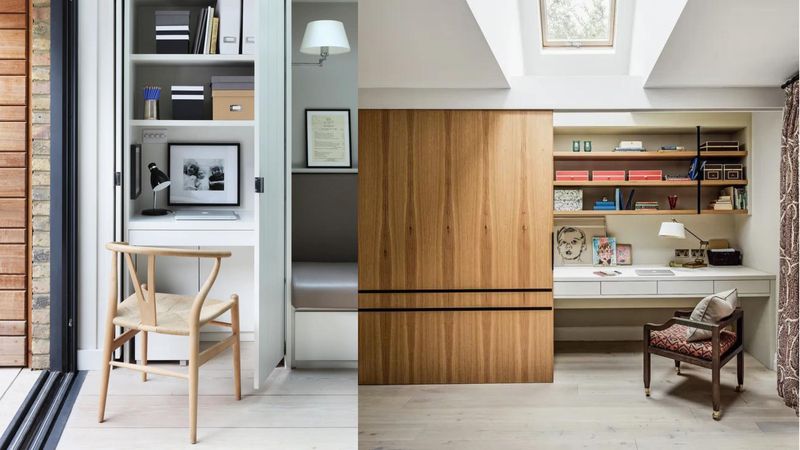
Squeezing a desk into a glorified closet makes buyers immediately think, “I can’t work here!” Too-small offices create immediate anxiety about productivity and comfort. Nobody wants to feel like they’re working in a shoebox.
When designing a home office, you need at least 70 square feet for a functional workspace. Anything smaller forces difficult compromises that new homeowners don’t want to deal with right after moving in.
If you’re staging a smaller space as an office, consider removing some furniture to create breathing room. Even a modestly sized room can feel workable when it’s not overcrowded with unnecessary items.
2. Poor Lighting
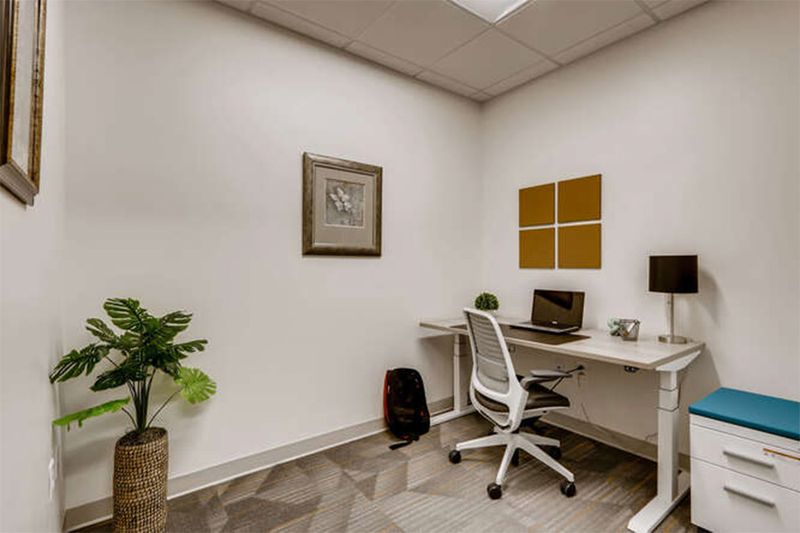
Dim, shadowy office spaces create an instant negative impression. Working in poor lighting strains the eyes and dampens productivity something buyers immediately recognize when they step into a dark office.
Good lighting combines ambient overhead fixtures with task lighting at the desk. Without proper illumination, even the most beautiful office can feel depressing and unsuitable for actual work.
When showing your home, open blinds fully and ensure all bulbs are working. Consider upgrading to daylight-spectrum bulbs that mimic natural light. This simple change can transform a gloomy office corner into a bright, appealing workspace buyers can envision themselves using.
3. Lack of Storage
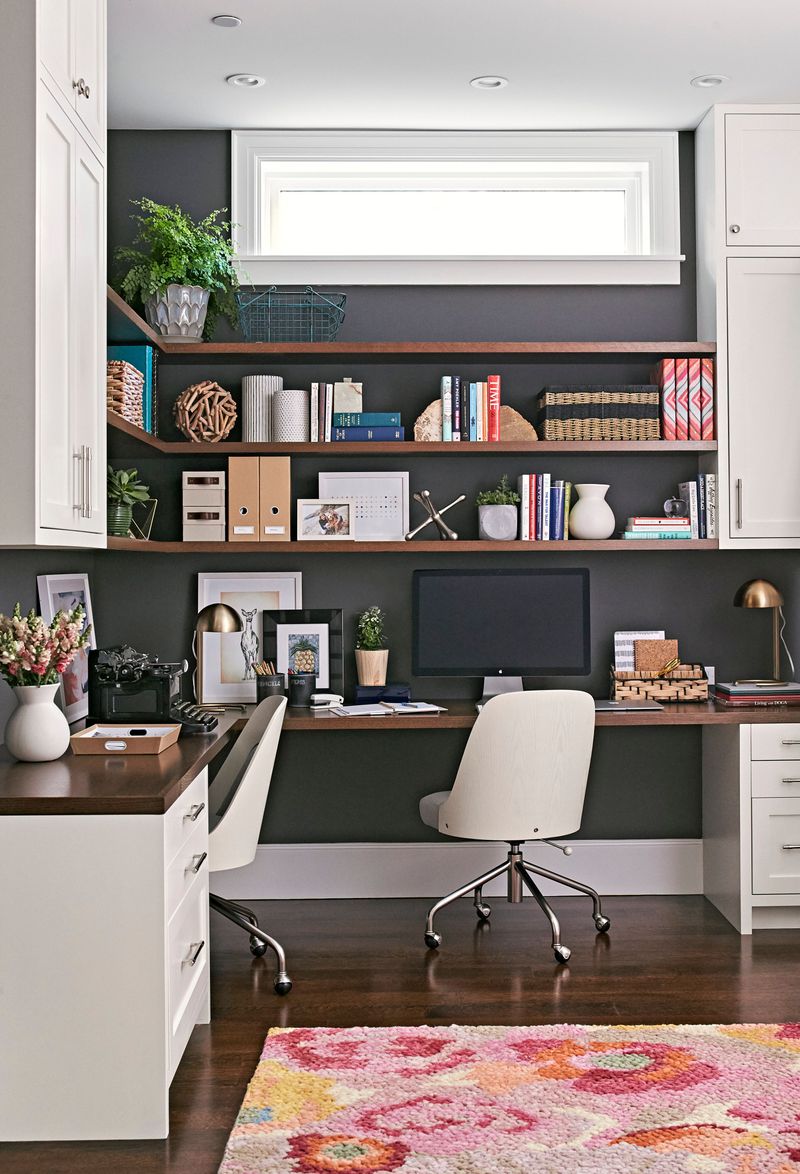
Walking into an office without proper storage solutions sends immediate red flags to potential buyers. Where will they put their files, supplies, and equipment? Insufficient storage forces people to create messy piles that destroy productivity.
Built-in shelving, filing cabinets, and closed storage options are essential features in a functional home office. Without them, buyers see only the future hassle of installing storage themselves or living with a perpetually disorganized space.
If your office lacks built-ins, adding even simple floating shelves or a small filing cabinet can make a huge difference. These additions show buyers that the space is ready for real work without major modifications.
4. Uncomfortable Seating

That stylish-but-painful vintage chair might look Instagram-worthy, but it screams “backache” to potential buyers. Uncomfortable seating is one of the quickest ways to make a home office feel unusable for daily work.
Most people now spend 6+ hours at their desks, making ergonomic seating non-negotiable. When buyers spot a flimsy, unsupportive chair, they mentally add “new office chair” to their moving expenses list.
If you’re selling, invest in a decent ergonomic chair it doesn’t need to be top-of-the-line, just visibly comfortable and supportive. This signals to buyers that the space is designed for actual productivity, not just for show.
5. Cluttered Desk
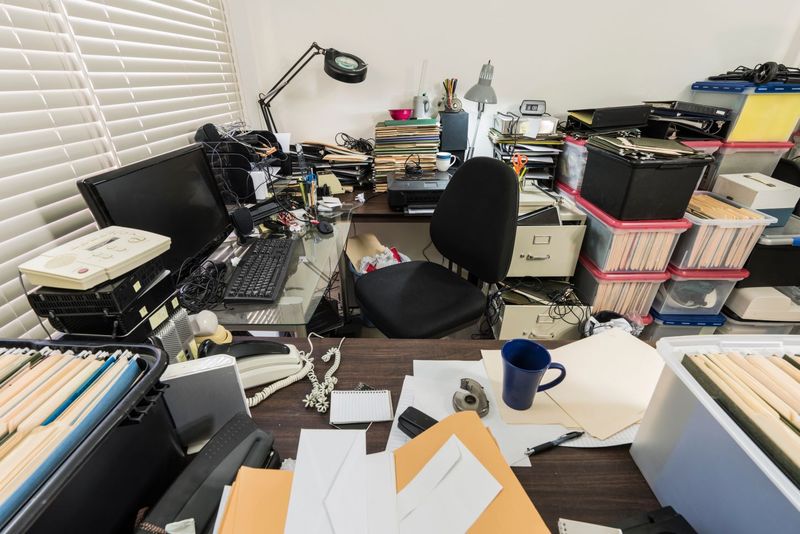
Overflowing paperwork, tangled cords, and personal items covering every inch of desk space make buyers anxious just looking at the workspace. A cluttered desk suggests the entire office setup is dysfunctional and stressful.
Your desk should showcase the potential for productivity, not chaos. When potential buyers see a clean, organized work surface, they can picture themselves actually getting things done in that space.
Before showings, clear everything except a laptop, lamp, and maybe one decorative item. This minimalist approach helps buyers see the desk’s actual size and imagine their own setup there, rather than being distracted by your personal clutter.
6. Distracting Decor
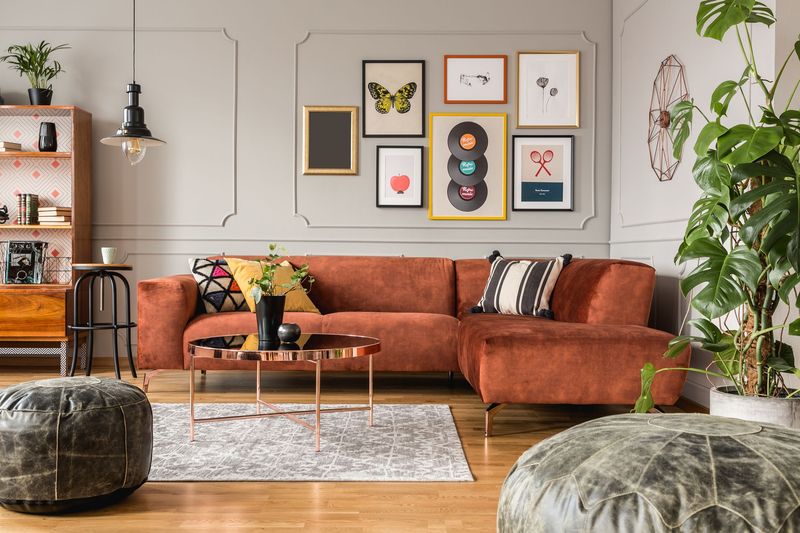
Bold wallpaper, excessive personal photos, and quirky collectibles might reflect your personality, but they overwhelm potential buyers. Distracting decor elements make it hard for visitors to envision the space as their own functional workspace.
Neutral doesn’t mean boring it means creating a canvas where buyers can project their own needs and preferences. When home office decor screams for attention, it competes with the room’s actual purpose.
Remove highly personal items and tone down any extreme design choices before listing your home. A few tasteful accessories that complement the space rather than dominate it will help buyers see past your style and recognize the office’s potential.
7. Bad Cable Management
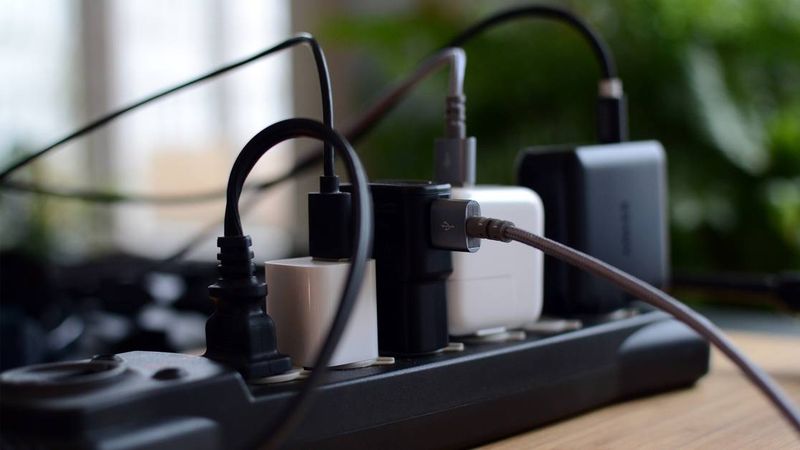
Tangled cables snaking across the floor aren’t just unsightly they signal to buyers that the office lacks proper planning. This wire chaos creates an immediate impression of disorder and potential safety hazards.
Modern buyers expect thoughtful solutions for managing technology connections. Cable raceways, cord covers, and strategic furniture placement can transform a wire disaster into a clean, professional-looking workspace.
If your office has visible cable clutter, invest in simple management solutions before showings. Even basic zip ties or cable sleeves make a huge difference. This small effort shows buyers that the space is properly set up for technology needs without requiring immediate modifications.
8. No Natural Light
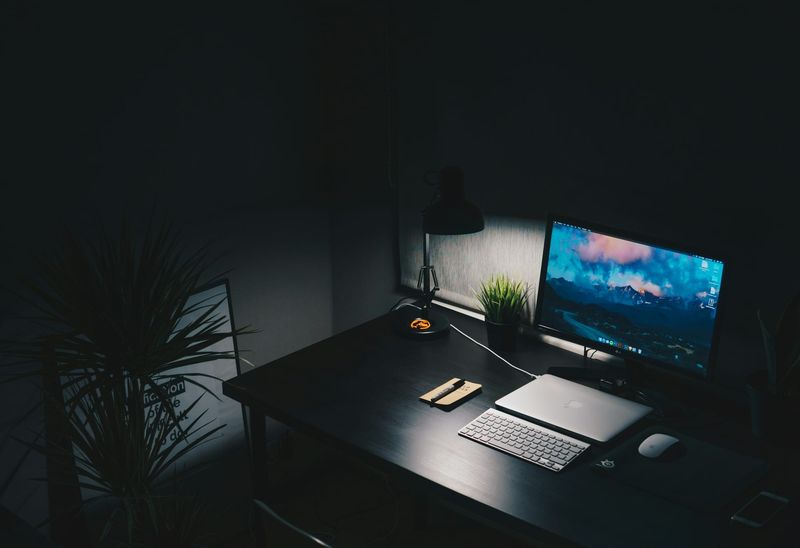
Windowless offices feel like punishment rooms to many buyers. The lack of natural light creates an immediate psychological barrier, making the space feel depressing and isolated from the rest of the home.
Studies consistently show that natural light boosts productivity, mood, and overall wellbeing. When potential buyers encounter a dark, artificially-lit office, they immediately imagine dreary workdays and lowered energy.
If your home office lacks windows, compensate with full-spectrum lighting that mimics daylight. Adding a large mirror can also help bounce existing light around the room. While these solutions won’t create windows, they demonstrate that you’ve addressed the limitation in a thoughtful way.
9. Outdated Technology

Visible old technology infrastructure sends a clear message to buyers: this office needs immediate updating. Phone jacks without ethernet connections, insufficient outlets, and outdated wiring suggest the space isn’t ready for modern work needs.
Today’s buyers expect offices prewired for high-speed internet with multiple electrical outlets and possibly USB charging ports. When they spot single outlets or cable setups from the dial-up era, they mentally calculate renovation costs.
Consider having an electrician add outlets and update connections before listing. If that’s not possible, at least ensure any visible technology looks current. Remove old landline phones, fax machines, or other dated equipment that ages the space in buyers’ eyes.
10. Poor Acoustics
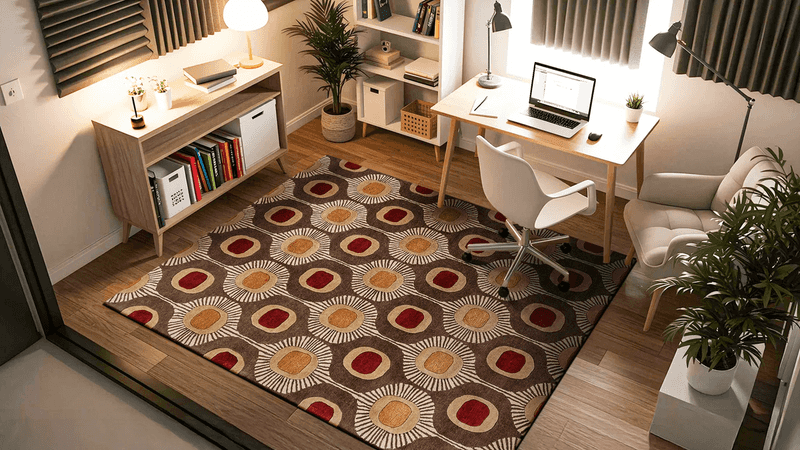
Echo-filled offices with sound leaking from every direction make buyers immediately question the space’s functionality. Nobody wants to take Zoom calls where they can hear the dishwasher running or children playing in adjacent rooms.
Acoustic considerations have become increasingly important in home office design. Hard surfaces that amplify sound, thin walls without insulation, and proximity to noisy household areas all diminish an office’s value to remote workers.
Adding soft furnishings like area rugs, curtains, or even acoustic panels can demonstrate awareness of sound issues. If your office is in a noisy location, consider mentioning easy solutions during showings so buyers don’t immediately dismiss the space as unworkable.
11. Unorganized Cords
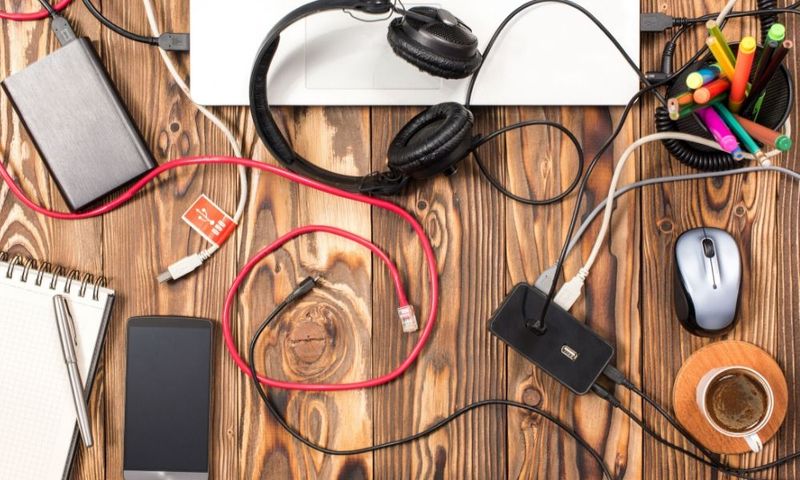
Jumbled power cords, charging cables, and computer connections create an immediate impression of chaos. This tangled web suggests the entire office lacks thoughtful organization and professional functionality.
Buyers expect clean cord management that keeps technology connections accessible but visually minimized. When they see cables running in all directions, they envision frustrating hours spent sorting out what connects where.
Simple solutions like cord clips, cable boxes, and wireless options can transform the space. Before showings, take time to organize visible connections and hide excess cord length. This small effort significantly improves the office’s appearance and perceived functionality.
12. Limited Work Surface
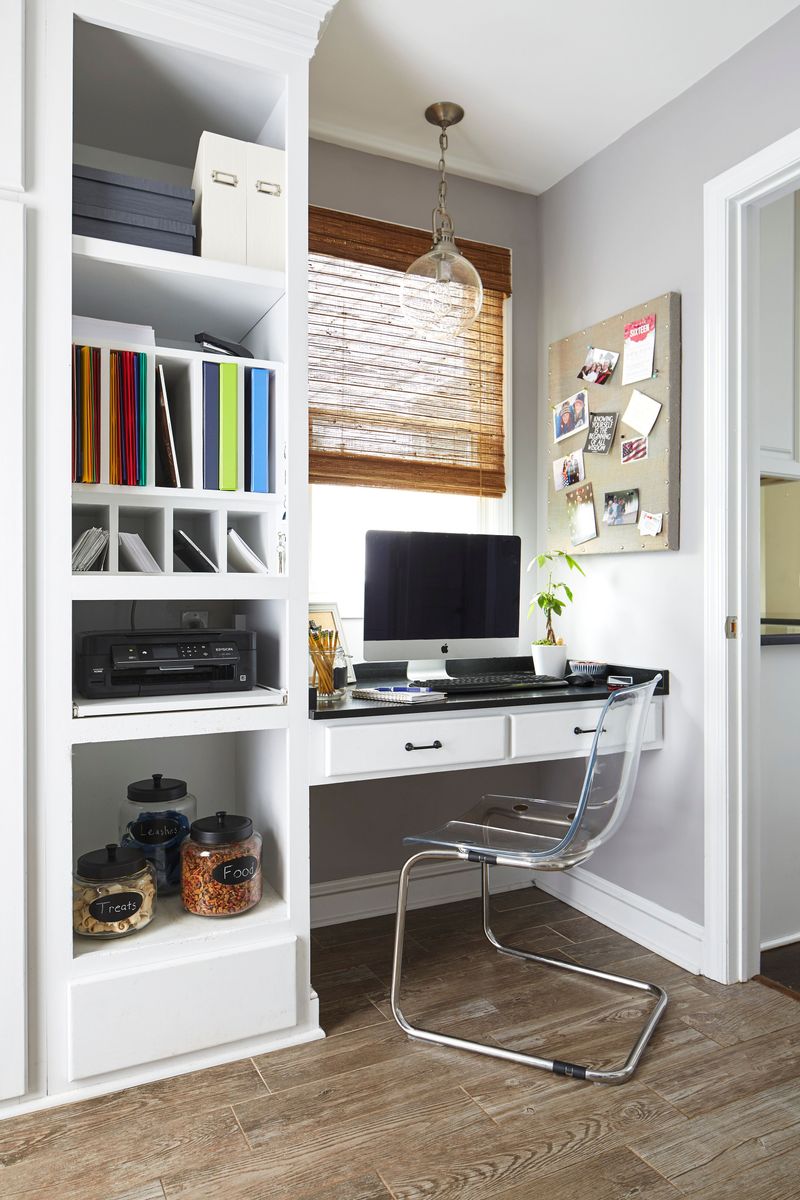
Tiny desks force uncomfortable compromises that buyers immediately notice. A workspace that can barely fit a laptop and coffee mug signals that serious productivity would be challenging in this office.
Most professionals need at least 30 inches of depth and 48 inches of width for comfortable computer work. When potential buyers see a cramped surface, they mentally subtract points from the home’s value, especially if they work from home regularly.
If possible, replace undersized desks with appropriately scaled alternatives before listing. Even a modestly priced desk with adequate surface area will make the office feel more functional than an expensive but tiny workspace. This simple change can dramatically improve buyers’ perception of the room’s usability.

